Changing the Game with QR Codes
by Cassie Mallabar on Jan 4, 2024 10:30:00 AM
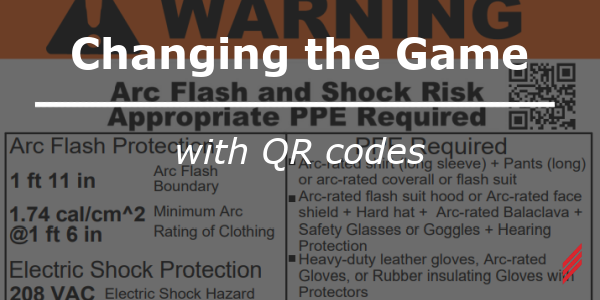
The year is 1994. Masahiro Hara, an employee of the automotive company Denso Wave, enjoys a lunchtime game of Go, the world’s oldest board game. Fast forward to 2023, and I am linking my wedding RSVP page to my invitations with the simple scan of a smartphone camera. You might not believe these two events are related, but without that 3,000 year old board game, I would have had to receive hundreds of paper RSVPs in the mail (eek!)
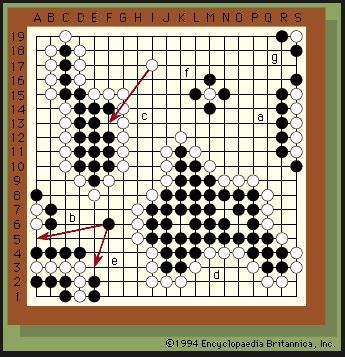
Inspired by the board of Go, which is a grid with black and white stones scattered across it, Masahiro Hara and his team developed the Quick Response Code, more commonly known as the QR Code, as a better way to manage their expanding inventory. The 2D grid can not only handle much more information in a single code, but can be read from multiple directions, angles, and distances. This not only sped up production at his company, but almost 30 years later, has revolutionized the way we shop, dine, and work!
QR codes have now seamlessly integrated into our daily lives. When dining out, it's common to find QR codes on restaurant tables, enabling us to access menus, place orders, and even make payments without handling physical menus or cash. Attending an event or boarding a flight? QR codes have replaced traditional paper tickets and streamlined the check-in process. From marketing promotions to healthcare information, QR codes are a ubiquitous part of our modern world, providing quick and contactless access to a wealth of information and services.
Inspired by the QR codes we’ve seen and used every day, the Electrical Safety Services team here at Hallam-ICS wanted to get in on the action! Working with electrical equipment can get pretty dangerous, and the most important thing we can provide electrical workers in the field is information. An Arc Flash Warning label provides much of the necessary information someone might need to do electrical work on a piece of equipment including the voltage, incident energy, and the arc flash boundary. (Interested in how we get this? Check out: The 7 Steps to Complete an Arc Flash Analysis) While these items fulfill your obligation with the National Electrical Code, adding a QR code can exponentially increase the facts at your fingertips.
For example, a nearby school district recently contracted us to run a Power Systems Study for each of their schools. After performing the study, we created arc flash labels with a QR code on them. (See below for a sample label) The QR code on each label for each piece of equipment is different, linking to that panel’s specific bus detail. From there you can easily navigate to the report, where you can get tons of information like:
- The short circuit report
- Protective device information and time current curves
- Energized Work Permits
- Full electrical one-line
- And much more! The actual information the QR lands on can be personalized to whatever you think is important.
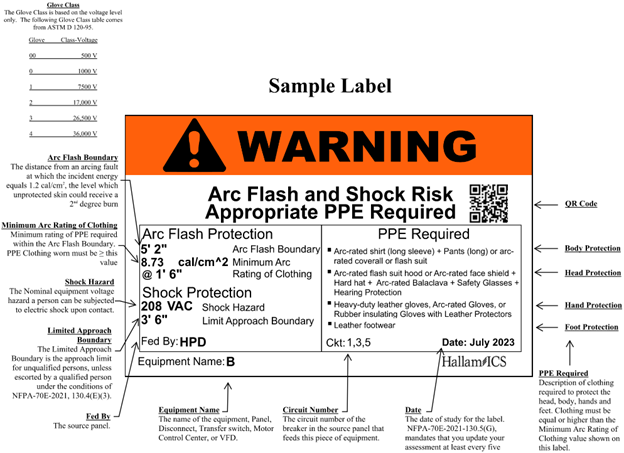
This can show a worker performing a Lock Out Tag Out procedure exactly where their panel is fed from and what it feeds. It can let them know if there are any critical loads or emergency systems like toxic gas or fire suppression present. If a worker is installing a new breaker, they could scan the QR code to find the AIC of the rest of the breakers on the bus, and the actual short circuit current to make sure it is rated correctly. It can even show the time current curve of current protective devices to find a source for tripping, and much more. In an emergency situation, having this information at their fingertips can make a world of difference!
Sources:
https://www.denso-wave.com/en/technology/vol1.html
https://history-computer.com/what-are-qr-codes-and-how-were-they-invented/
About the Author
Cassie graduated in 2020 from the University of Vermont with a BS in electrical engineering, and has been working with the Arc Flash team ever since. Originally from Vermont, she now works out of the North Carolina office, where she is a true joy to have around. Outside of work, she likes walks through nature and listening to music. She would love for you to ask her about her cat, Billy Strings, and his many toes.
About Hallam-ICS
Hallam-ICS is an engineering and automation company that designs MEP systems for facilities and plants, engineers control and automation solutions, and ensures safety and regulatory compliance through arc flash studies, commissioning, and validation. Our offices are located in Massachusetts, Connecticut, New York, Vermont and North Carolina, Texas and Florida and our projects take us world-wide.
You May Also Like
These Related Stories
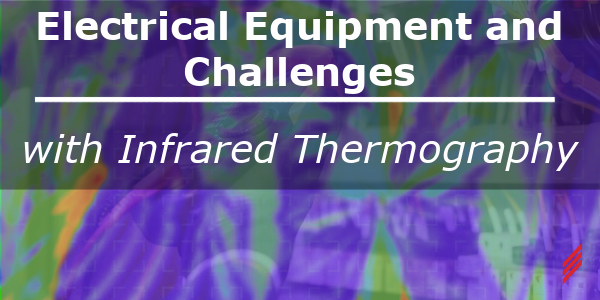
Electrical Equipment and Challenges with Infrared Thermography
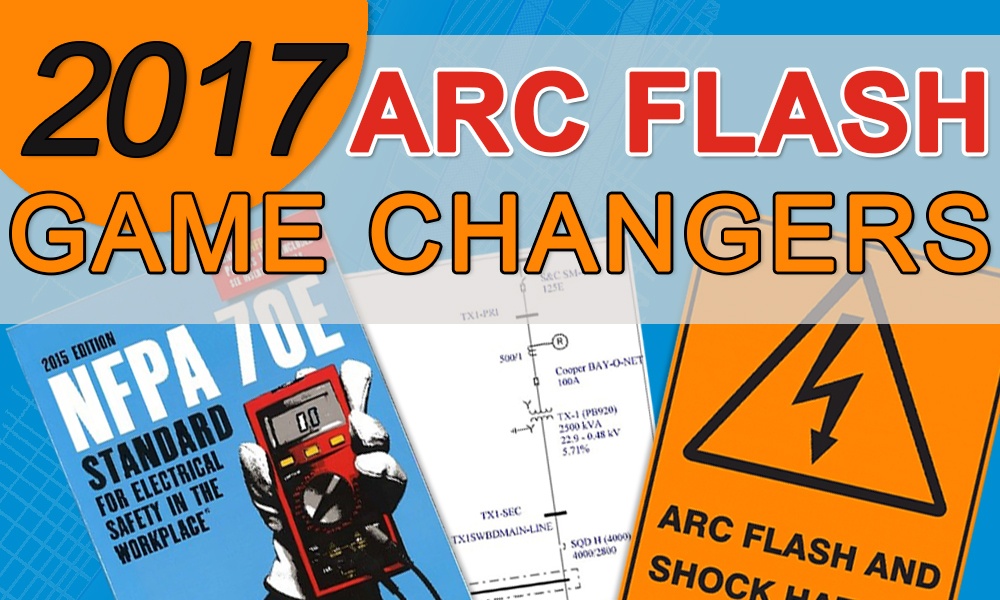
2017 Arc Flash Game Changers
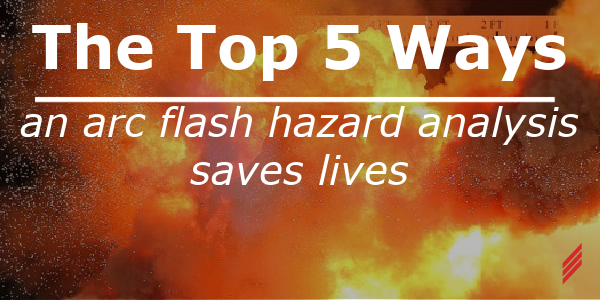


No Comments Yet
Let us know what you think